| DIVUS LONDON: TIROL ISCH LEI OANS a wild niche by God’s Entertainment | |||||||||||||
|
|||||||||||||
TIROL ISCH LEI OANS a wild niche by God’s Entertainment04.06.2009 - 30.06.2009DIVUS LONDON | en |
|||||||||||||
|
TIROL ISCH LEI OANS Swapping out of focus ideas for clear images! „What would we poor people do, if we couldn’t always recreate an idea of homeland, love, art and religion, with which we can always cover, a little, the dark, black hole.“ Max Beckmann, Wartime letter The images of the “Tirol isch lei Oans” (Tirol for us) attempt to uncover provincial life and national sentiment, in the same vein as Fassbinders films “Katzelmacher” and “Angst essen Seele auf”. They try to describe national pride, showing the typical provincial activities of locals. The power from below approach needs to show people as conscious political codification for patriotism. Xenephobia, thirst for power, national consciousness and trust are the subjects. The photo setting leads to a parody: never trust somebody who speaks ill of his homeland. In their provincial world, professions such as hunters, footballers and farmers represent people who display pride in their country. Simultaneously, in a parallel reality, they can be displayed in a very different context. In a parallel reality, there’s a spark of truth, or is this indeed normal life? Or indeed, are we not all a little bit proud of this country? To reach the whole portrait, the clichés of provincial lifestyle and pride in all of its notorious activities, stereotypes of the region will be displayed. Thus, the definition of local patriotism will directly be fulfilled: patriotism is what I do every day.
Elimination of a reality all pictures comply with reality, a reality that one tends to avoid in the countryside. The pictures communicate subjects of taboo, that the local population prefers not to be confronted with, or hushes. Topics, not likely to be published or at the utmost subject to jokes. (In a small niche of land a huge problem evolves, it has to be aborted before someone from the „outside“, like, e.g. the press, gets to know about.) The position of the pictures belongs to a reality that is self-explanatory and self-obsessed; that wants to oppose the stereotype and exposes itself to the public. This reality is Tyrolean reality, and we must not negate it, because it stems from provincial tradition. It's a kind of tradition that blossoms in the privat home and engages everybody: the cases reflected in the pictures must be avoided, because they harm our tradition and attempt to disgrace the country, the family's reputation and the catholic church. They cause humiliation of the people and thus of the population of the province. Don't forget: Bisch a Tiroler, bisch a Mensch. (if you're a Tyrolian, you're a human being). Likewise we should not forget that our country, our family and our church are given top priority! Here, this holy trinity will never come to despair. Whenever there's possibility for despair or the danger of similar pictures gaining public grounds, they must be eliminated or banished from Tyrol.
Identity initiating activity The identity that is to be found behind each and every activity generates a new reality and perception of this activity. Here, it is liberated through the language of pictures. The readjusted, stage-managed language opens into a potentially infinite development of powerstructures and changability of the body. A new comprehension of the countryside, an artistic debate of tradition, patriotism, catholic church, heros and their roles in society. The question about confidence in a work of art, about an interaction between fiction and reality and the question about an individual relationship with the pictures or their pertinence. These pictures shall mirror the spectator's consciousness and his or her self-determindness concerning the political positioning of the subject.
04.06.2009
- 30.06.2009
Empfohlene Artikel
|
|||||||||||||
|
04.02.2020 10:17
Letošní 50. ročník Art Basel přilákal celkem 93 000 návštěvníků a sběratelů z 80 zemí světa. 290 prémiových galerií představilo umělecká díla od počátku 20. století až po současnost. Hlavní sektor přehlídky, tradičně v prvním patře výstavního prostoru, představil 232 předních galerií z celého světa nabízející umění nejvyšší kvality. Veletrh ukázal vzestupný trend prodeje prostřednictvím galerií jak soukromým sbírkám, tak i institucím. Kromě hlavního veletrhu stály za návštěvu i ty přidružené: Volta, Liste a Photo Basel, k tomu doprovodné programy a výstavy v místních institucích, které kvalitou daleko přesahují hranice města tj. Kunsthalle Basel, Kunstmuseum, Tinguely muzeum nebo Fondation Beyeler.
|




























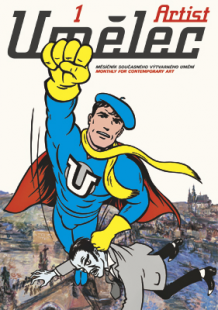




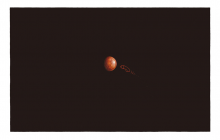
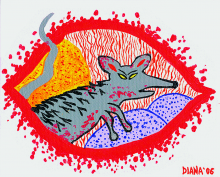
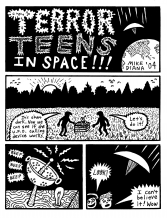
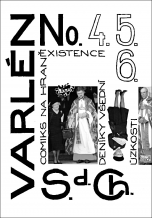


 New book by I.M.Jirous in English at our online bookshop.
New book by I.M.Jirous in English at our online bookshop.
Kommentar
Der Artikel ist bisher nicht kommentiert wordenNeuen Kommentar einfügen